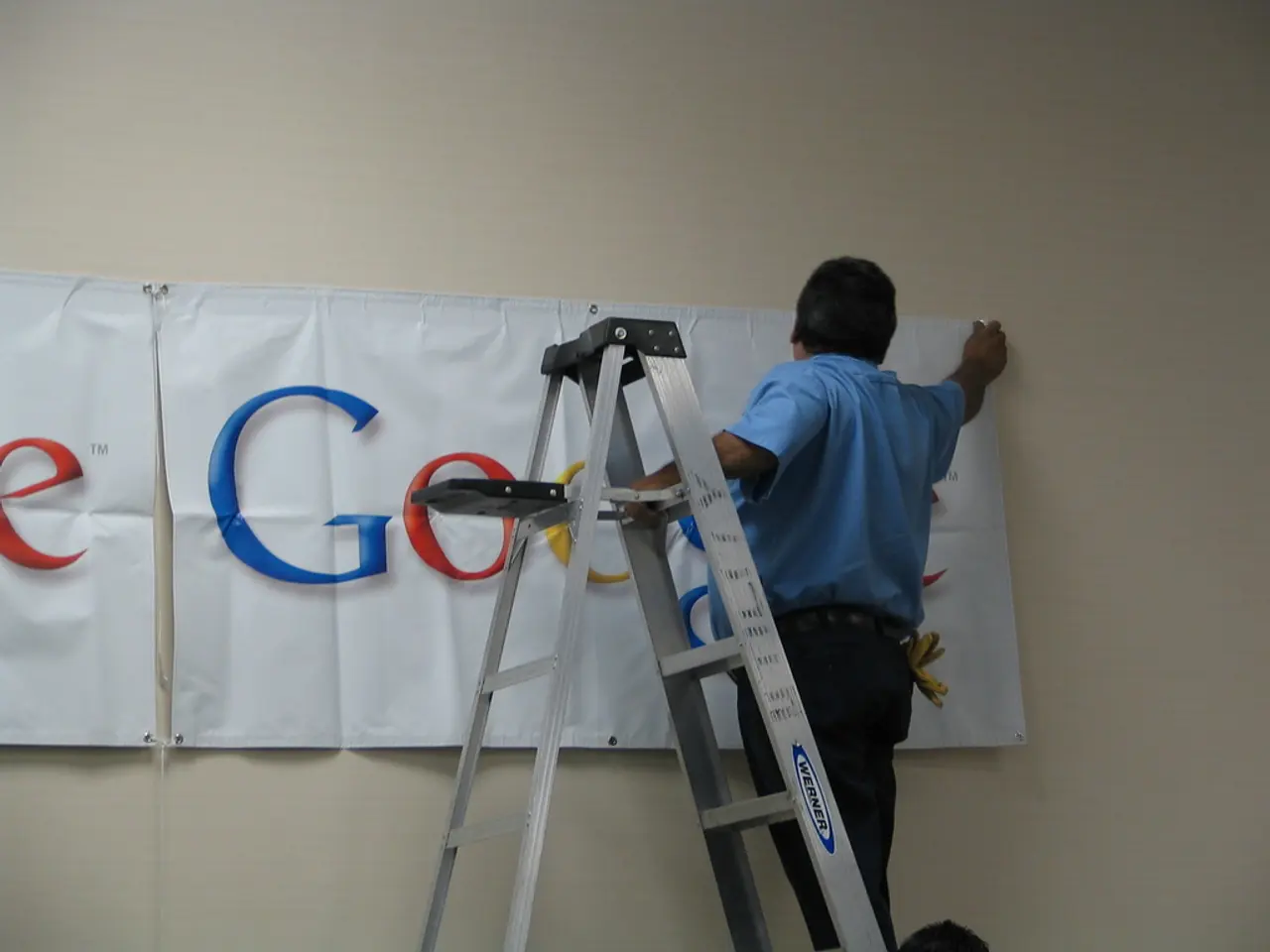Strategies for Crafting Title Tags to Boost Click Rates and Search Engine Rankings
In the digital age, crafting effective SEO title tags has become a crucial aspect of online success. Here are some key recommendations for writing SEO-friendly titles that not only rank well but also attract clicks.
First and foremost, it's essential to include the main target keyword near the beginning of the title tag. This early signal of relevance helps search engines understand the content's focus. Keep the title tag length between 50 and 60 characters to prevent truncation in search results and ensure full visibility.
To make titles unique for each page, avoid duplication issues and help differentiate your content in search listings. Writing for people first, not just search engines, ensures the titles are catchy, informative, and clearly describe the content's value or benefits. This approach helps engage the target audience and encourages clicks.
Avoid keyword stuffing by focusing on a primary keyword and related synonyms that align with search intent without overloading the title. Use concise and clear language, sometimes employing symbols like “&” or “|” to save space while maintaining readability.
Consider branding but use it judiciously. Either integrate your brand name for recognition or omit it to maximize space for keywords and descriptive text. Industry research suggests that 8 out of 10 people will read a title, but only 2-3 will click through to read the content, making the title tag a valuable digital asset.
Google Search automatically generates the title link for a webpage, considering factors such as the title tag, heading elements, other large/prominent texts, the overall page content, and structure. However, poor title optimization might lead to Google choosing alternative text from your page.
To write a strong title tag, research relevant keywords and use power words strategically to boost click-through rates. The HTML element "title tag" is used to inform readers about a webpage's content and guide search engines in generating a title link.
The title tag appears as a clickable link on search engine results pages, in the browser tab, and as the default title when content is shared on social media. Title tags remain one of Google's ranking criteria, and well-optimized titles can signal relevance to search engines, improve ranking potential, and enhance overall website visibility.
Search engines may use alternative sources to generate a title if they detect keyword stuffing. Front loading important keywords in a title can help capture attention, show relevance, and improve potential ranking signals. Titles directly influence the click-through rate by setting clear expectations, highlighting unique value, and creating compelling promises.
Regularly review and update your title tags based on performance data and changing search patterns. Use tools like Semrush, Ahrefs, AnswerThePublic, and Google Keyword Tool for researching relevant keywords. Monitor title effectiveness using Google Search Console and test different variations to improve results.
In summary, by following these best practices, you can create SEO title tags that both rank well and attract clicks by accurately summarizing content and engaging the target audience.
- To augment the performance of your SEO efforts, incorporate relevant keywords, branding, and power words into your title tags, ensuring they accurately describe the content and are catchy enough to entice clicks on social media.
- Leveraging data-and-cloud-computing tools like Semrush, Ahrefs, AnswerThePublic, and Google Keyword Tool can help you uncover relevant keywords for your title tags. Continuously monitoring performance data and updating your title tags based on changes in search patterns can further enhance click-through rates and overall website visibility.




